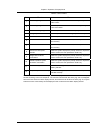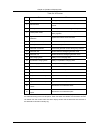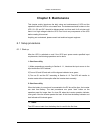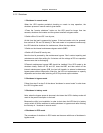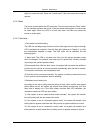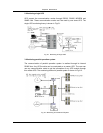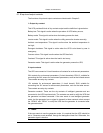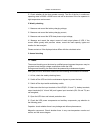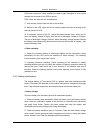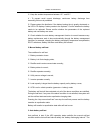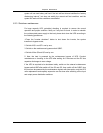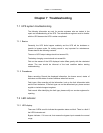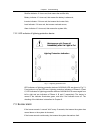
Chapter 6 Maintenance
75
6.1.8 Input and output contacts
The functions of input and output contacts are introduced in Chapter 3.
1. Output dry contact
This UPS provides 8 kinds of dry contacts output and the definition is given below:
Battery low: This signal is active when the pre-alarm of UPS battery occurs;
Battery mode: This signal is active when the battery powers the load;
Inverter mode: This signal is active when the utility powers the inverter normally;
Ambient over-temperature: This signal is active when the ambient temperature is
too high;
Emergent shutdown: This signal is active when the UPS is shut down by user in
emergency;
Common alarm: This signal is active when the UPS has fault;
Overload: This signal is active when the load is too heavy;
Generator mode: This signal is active when the generator powers the UPS;
2. Input contacts
The UPS can connect to 6 circuit-branches of contacts for environment parameters:
24V contacts for environment parameters (3 circuit branches): ENV1-3, suitable for
connecting the 24V sensor for environment parameters, such as the infrared sensor.
The contacts are relay dry contacts.
12V contacts for environment parameters (1 circuit branch): ENV, suitable for
connecting the 12V sensor for environment parameters, such as the water sensor.
The contacts are relay dry contacts.
Generator contacts: These are the dry contacts of intelligent generator and are
connected to the UPS input terminals. The contacts are used to notify the UPS that
the generator has been connected. If the user wants to use intelligent generator
mode, but the generator has no signal to transmit to these contacts, short connect
the “GEN-H” and “GEN-L” to notify the UPS that the generator is connected after
the generator starts.
Note:
If the user wants to use the generator mode, it is required that the UPS should be
set to “Generator mode enabled” through the background host first. Otherwise, the
generator signal is inactive.



